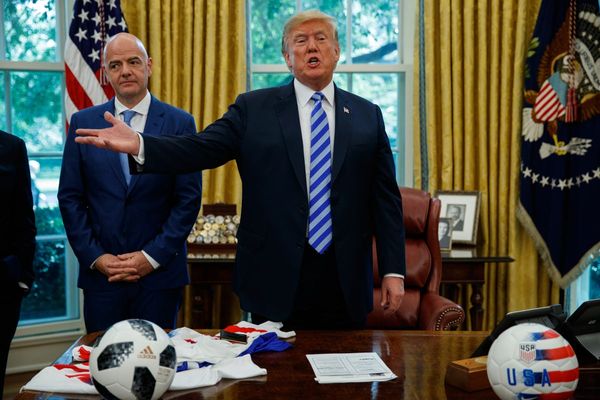The City Council’s most outspoken critics of the NASCAR Chicago Street Race have been assured ambulances and first responders will have the access they need in the event of an emergency at the event or anywhere near it.
Private ambulance companies will join the Chicago Fire Department in providing emergency medical services and speeding patients to area hospitals, just as they do during large-scale events like Lollapalooza and Taste of Chicago.
The city will activate its emergency operations center at the 911 emergency center to coordinate that response. All area hospitals — including Northwestern Memorial, Lurie Children’s Hospital and the University of Chicago — will be “open and fully functional” before, during and after the race with “no plan to divert any traffic away from any of the hospitals,” officials said.
Ambulances will be staged on NASCAR grounds near the 2.2-mile race course in case of a crash involving drivers or a medical emergency in the crowd. In an emergency, there are also specific plans to move street barricades, and the route to the hospital will be clearly communicated to NASCAR staff, officials said.
NASCAR also has its own medical staff to respond to emergencies in and around the course, according to Julie Giese, NASCAR Chicago Street Course president.
“NASCAR has a traveling medical team, medical liaisons, that move along with our drivers in our industry. We’ll also have a medical director on site that supports that,” Giese said during a June 21 walkthrough of the course with reporters. There will also be several first aid tents, she said.
Ald. Brian Hopkins (2nd), a persistent critic of the race, said he has been assured Chicago is as prepared for an emergency as it can possibly be, considering the circumstances.
“I talked to somebody at Lurie, and they said that in numerous meetings, they’ve gotten to a level of confidence where they think that we can pull this off,” Hopkins said. “No one is suggesting it’s easy. No one’s saying there won’t be inconvenience and possibly even a need to improvise if unforeseen situations occur. But the amount of planning and contingency that’s gone into this is significant
“It’s clearly been a challenge to plan for an event like this in a location that is not designed — and arguably not appropriate — to host this event. There’s no way to fix that. But given those challenges, most people involved in this event have tried in good faith to rise to the challenge.”
The alternative route to Northwestern Memorial and Lurie Children’s Hospital involves using Chicago Avenue from the west, Hopkins said. Anyone on the southern end of the event would likely be transported to the University of Chicago Hospital. Anyone on the northern end near Monroe would likely be transported to Northwestern.
“In the event that an ambulance needs to get to the event grounds, there’s a plan for that to happen, even with the street closures and detours in place. The ambulance drivers have been told how to get around that,” Hopkins said.“They didn’t want an ambulance driver to try to pull out into a traffic jam on Lake Shore Drive, where there’s a dead-end, and not be able to move.”
Fire department paramedics are unlikely to make that mistake. But Hopkins said that many private ambulance companies hired to augment the Chicago Fire Department are not Chicago-based.
An extra effort was made “to provide information for those private ambulance services on accessing Lurie Children’s Saturday and Sunday. And the staff at Lurie Children’s has told me that the word has gotten out sufficiently and that the private ambulance services will know what designated routes to use and how to get there,” Hopkins said.
At a news conference Wednesday, Chicago Fire Department Commissioner Annette Nance Holt said while the department will dedicate some units to the race, neighborhood staffing will remain the same. The fire department will assist NASCAR’s own emergency services and will take over if needed.
Rich Guidice, former longtime executive director of the city’s Office of Emergency Management and Communications, is now Mayor Brandon Johnson’s chief of staff.
Guidice said the decision to activate the emergency operations center for NASCAR will be pivotal in an emergency because it’s located next to the floor where dispatchers field 911 calls.
“We have a forward command post that’s on site for the event itself,” Guidice said. “And that forward command post will be working back and forth with the emergency operations center at OEMC just to navigate traffic and advise emergency vehicles on how to navigate around the event itself, and if they had to do a response inside the event for whatever reason.
“When that track is hot, it’s hot. So there’s no vehicles allowed on the track. But if there’s an emergency situation, we have the typical emergency procedures in place and identified within our emergency operations plans to move emergency equipment in and out of the event whenever and wherever needed.”
He added, “There’s the known streets that are open for the public. And certainly, if there’s an emergency situation, additional streets would be posted up accordingly, to move emergency vehicles in and around streets that may be closed or emergency access streets designated in advance, if we had to push emergency equipment through.”
Contributing: David Struett







